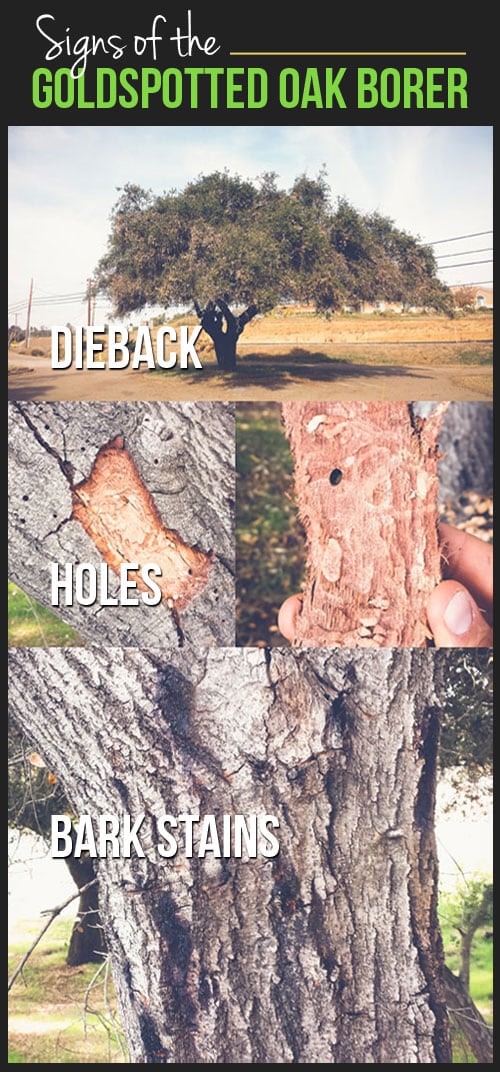The Environmental Influence Of Tree Removal: What You Need To Know
The Environmental Influence Of Tree Removal: What You Need To Know
Blog Article
Short Article Developed By-Costello Boyette
When it comes to the ecological impact of tree elimination, there are vital facets that demand your interest. From the elaborate internet of relationships within ecological communities to the succeeding results on climate patterns, the effects are profound. You might be amazed to uncover the intricate ways in which the elimination of trees can resound throughout the setting. Stay tuned to unwind the complex links and effects of this relatively straightforward act.
Logging and Habitat Loss
Logging and habitat loss are critical issues originating from tree elimination. When trees are cut down, it disrupts whole environments. Not only are the trees themselves shed, yet the homes and food sources of many plant and pet types are damaged too. Birds lose their nesting websites, creatures lose their sanctuary, and bugs lose their habitats. The effects ripple via the food chain, impacting predators and target alike.
Moreover, logging contributes to climate modification. Trees play a crucial function in taking in carbon dioxide, a greenhouse gas that catches warmth in the ambience. With less trees, there's less co2 absorption, resulting in increased degrees of this gas in the atmosphere and aggravating international warming.
Precisiontimberfelling
Environment loss is a straight outcome of deforestation, as the damage of woodlands suggests the loss of one-of-a-kind and varied ecological communities. Many species are incapable to adjust to rapid changes in their setting, causing populace declines and, in many cases, termination.
Protecting woodlands is essential to keeping the fragile balance of nature and ensuring the survival of countless plant and animal species.
Effect on Biodiversity
The removal of trees has a significant influence on biodiversity, influencing the selection and wealth of plant and animal types in a location. Trees supply habitat and food resources for countless microorganisms, from bugs to birds to creatures. When trees are eliminated, these varieties shed their homes and resources of sustenance, leading to a decrease in their populations. This disturbance can have plunging impacts on the whole community.
Furthermore, trees play a vital role in preserving biodiversity by developing microhabitats within their canopies, trunks, and roots that support a wide range of species. When https://southtahoenow.com/story/09/30/2020/slt-council-candidate-keith-roberts are reduced, these specialized atmospheres are destroyed, reducing the total variety of the area.
Additionally, the elimination of trees can result in a decline in hereditary variety within plant populations, as particular tree species may no longer have the ability to reproduce or disperse efficiently. Shielding trees and woodlands is necessary for protecting biodiversity and making sure the health and wellness of ecological communities for future generations.
Soil Disintegration and Environment Modification
With trees being removed from an area, the disruption of soil structure and security happens, resulting in raised soil disintegration. Trees play a critical function in stopping disintegration by holding dirt in position with their root systems. When trees are eliminated, especially in large numbers, the dirt ends up being extra prone to erosion from wind and water. This disintegration not only influences the prompt environments yet can additionally bring about sedimentation in close-by water bodies, influencing water quality and water communities.
Additionally, trees help control the climate by soaking up carbon dioxide throughout photosynthesis. When trees are cut down, this natural carbon sink is diminished, contributing to raised levels of greenhouse gases in the atmosphere. This can exacerbate environment change, causing more severe weather events and disturbances in communities worldwide.
Therefore, the removal of trees not only increases dirt erosion however additionally contributes in the larger ecological concern of environment adjustment. It's critical to consider these aspects when assessing the impacts of tree removal on the atmosphere.
Final thought
Now that you recognize the environmental influence of tree removal, think about the effects prior to reducing trees. Deforestation interferes with environments, lowers biodiversity, and adds to dirt erosion and climate adjustment. By bearing in mind the effect of tree removal, you can assist secure our atmosphere and preserve the fragile balance of nature. Make educated options and think about alternate options to lessen the adverse results on our earth.
